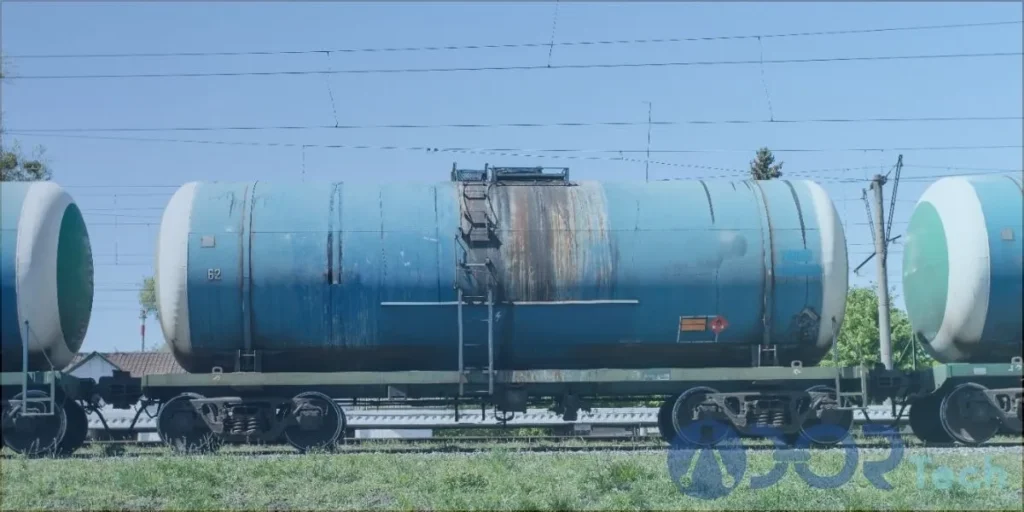Shipping full containers across continents can be complex. However, with trusted FCL shipping from China to Italy, businesses can enjoy secure, on-time, and cost-efficient transport for their goods. This article explores how professional FCL services simplify logistics, reduce risks, and strengthen international supply chains.
1. Why Choose Trusted FCL Shipping from China to Italy?
When trading between China and Italy, FCL (Full Container Load) shipping offers unmatched reliability. Unlike LCL, which combines different shippers’ goods, FCL dedicates an entire container to one client—ensuring product safety and minimizing handling risks.
Key advantages include:
- Consistent transit schedules between major ports such as Shanghai–Genoa and Shenzhen–Naples.
- Cost savings for bulk cargo shipments.
- Simplified customs procedures.
- Reduced damage risk due to limited cargo handling.
Moreover, trusted FCL shipping providers manage customs clearance, port handling, and inland trucking—allowing importers to focus on sales and distribution instead of freight complications.
How Does FCL Shipping from China to Italy Work?
The FCL process involves several stages, each designed to maintain efficiency and reliability:
| Step | Process | Responsibility |
|---|---|---|
| 1 | Booking container space | Freight forwarder |
| 2 | Cargo pickup & loading | Supplier |
| 3 | Port export customs clearance | Export agent |
| 4 | Sea freight to Italy | Shipping line |
| 5 | Import clearance & delivery | Destination forwarder |
Each shipment typically uses 20ft, 40ft, or 40HQ containers depending on cargo volume. For example, a 40HQ can load up to 68 CBM or around 26 tons of goods, ideal for industrial and retail supply chains.
Trusted providers ensure container sealing and tracking with E-seals, GPS, and digital updates throughout the journey.
Cost Structure of FCL Shipping from China to Italy
Understanding cost composition helps importers plan budgets more accurately.
| Cost Component | Description | Average Range (USD) |
|---|---|---|
| Ocean Freight | Core cost for sea transport | $1,000–$2,200 per 40HQ |
| Port Handling | Loading/unloading at terminals | $150–$300 |
| Customs Fees | Declarations, duties, taxes | Varies by commodity |
| Inland Trucking | Delivery to final destination | $300–$700 |
| Insurance | Optional coverage | ~0.3% of cargo value |
Example: Shipping a 40HQ container of furniture from Guangzhou to Milan may cost around $2,800 total, including port and customs handling.
Professional forwarders often negotiate better rates and manage compliance paperwork, reducing hidden costs and shipment delays.
Transit Time and Shipping Routes
Transit time for FCL shipping from China to Italy depends on the departure port, vessel route, and customs efficiency.
| Route | Average Transit Time | Frequency |
|---|---|---|
| Shanghai → Genoa | 25–28 days | Weekly |
| Shenzhen → Venice | 27–30 days | Weekly |
| Ningbo → Naples | 26–29 days | Weekly |
| Qingdao → La Spezia | 28–32 days | Bi-weekly |
Some shipments integrate intermodal options, combining rail and sea transport to optimize delivery schedules. Although rail-sea combined services cost slightly more, they shorten lead times by up to five days—ideal for time-sensitive goods.
Real Case Studies: Successful Shipments
Case 1: Electronics from Shenzhen to Milan
Cargo Type: Consumer electronics
Container: 1 × 40HQ
Freight Mode: FCL sea freight
Transit Time: 28 days
Total Cost: USD 2,950
Result: Delivered safely, full customs compliance achieved
Case 2: Tiles from Foshan to Genoa
Cargo Type: Ceramic tiles
Container: 2 × 20GP
Freight Mode: FCL with port-to-door service
Transit Time: 27 days
Total Cost: USD 4,200
Result: No damage, on-time delivery, smooth customs clearance
Customs Clearance and Required Documentation
To ensure smooth FCL shipping, importers must prepare essential documentation.
| Document | Issued By | Purpose |
|---|---|---|
| Bill of Lading | Carrier | Proof of shipment |
| Commercial Invoice | Supplier | Declares product value |
| Packing List | Supplier | Details packaging & contents |
| Certificate of Origin | Chamber of Commerce | Validates product origin |
| Import License | Buyer | Regulatory approval |
| Insurance Certificate | Insurer | Confirms cargo coverage |
Failure to submit accurate documents can lead to inspection delays or extra fees. Working with a trusted FCL forwarder minimizes these risks by ensuring compliance with both Chinese and Italian regulations.

Comparing FCL with Other Freight Options
| Mode | Cost | Transit Time | Best For | Pros | Cons |
|---|---|---|---|---|---|
| FCL (Sea) | $$ | 25–30 days | Bulk cargo | Economical, safe | Longer lead time |
| LCL (Sea) | $ | 30–35 days | Small shipments | Flexible volume | Risk of delays |
| Air Freight | $$$$$ | 5–7 days | Urgent goods | Fast delivery | High cost |
| Rail Freight | $$$ | 18–22 days | Mid-size goods | Faster than sea | Limited routes |
As a result, FCL shipping from China to Italy offers the best cost-to-volume ratio for importers managing regular or large shipments.
How to Choose a Reliable FCL Shipping Partner
Selecting the right logistics provider ensures a seamless experience. Consider these factors:
- Experience and certifications (FIATA, WCA, ISO).
- Transparent pricing with clear cost breakdowns.
- Comprehensive tracking tools and customer support.
- Strong Italian agent network for customs and delivery.
- Flexible shipping schedules and insurance coverage.
Reliable forwarders not only transport goods but also safeguard your reputation through punctual delivery and consistent communication.
Conclusion
In summary, trusted FCL shipping from China to Italy ensures reliability, efficiency, and cost-effectiveness for global traders. By working with professional freight forwarders, businesses can secure predictable delivery times, minimize logistics risks, and strengthen their European supply chains. For consistent results and expert guidance, choose a partner that prioritizes precision, transparency, and customer satisfaction.
- Consult TJ China Freight Forwarding for the lowest quote. They will provide you with reliable, cost-effective service.
FAQs
Q1.How early should I book trusted FCL shipping from China to Italy?
It’s best to book 2–3 weeks in advance to secure space, confirm rates, and avoid peak-season surcharges.
Q2.What affects the overall FCL shipping cost to Italy?
Costs vary by container size, fuel rates, customs duties, and inland delivery distance within Italy.
Q3.Are there restricted items for FCL import from China to Italy?
Yes, restricted items include hazardous chemicals, counterfeit goods, and regulated medical devices requiring import permits.
Q4.Can I combine multiple suppliers in one FCL container?
Yes, consolidation is possible if goods are collected at one warehouse before container loading in China.
Q5.How do I ensure my cargo’s safety during FCL shipping?
Use wooden pallets, moisture barriers, and certified forwarders offering container sealing and cargo tracking systems.





